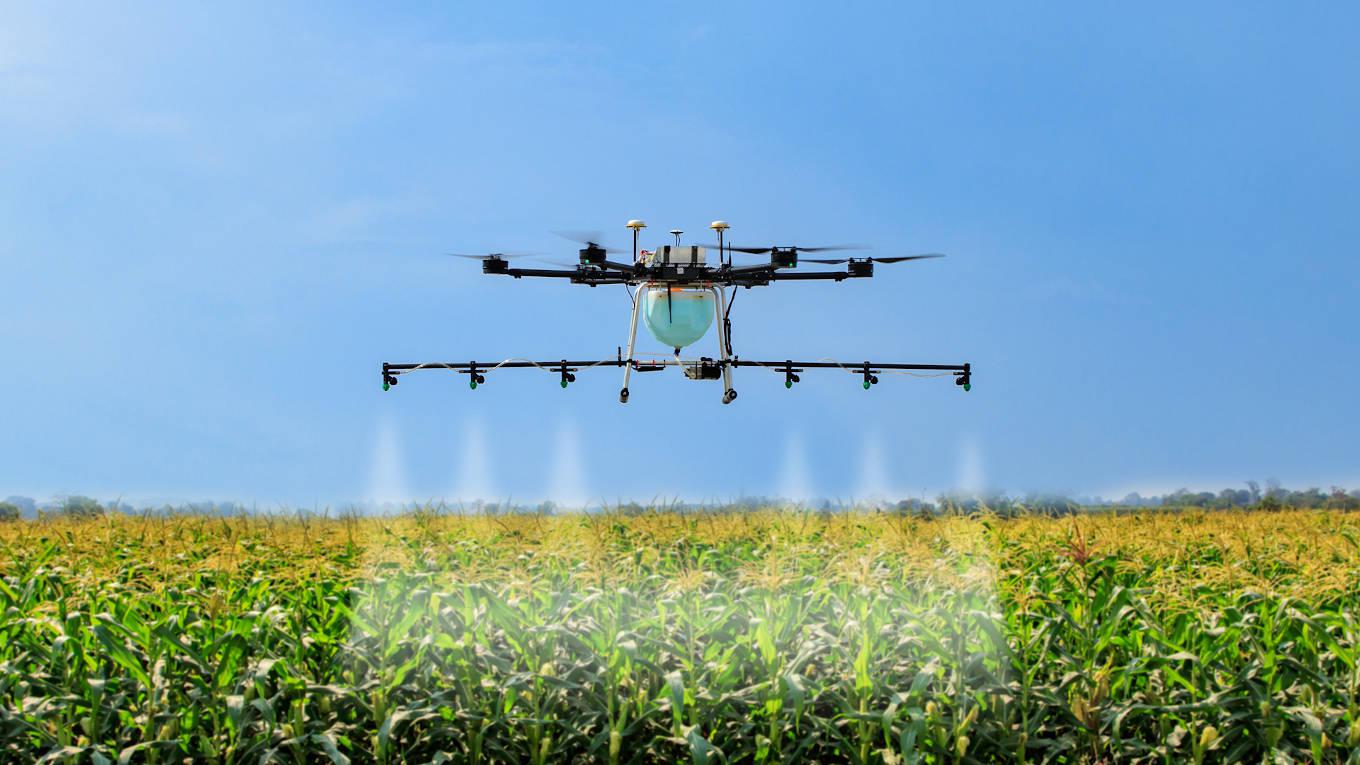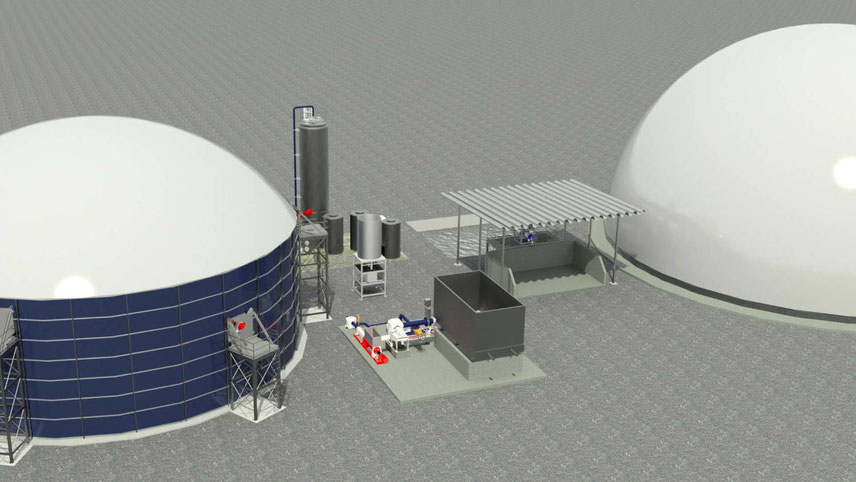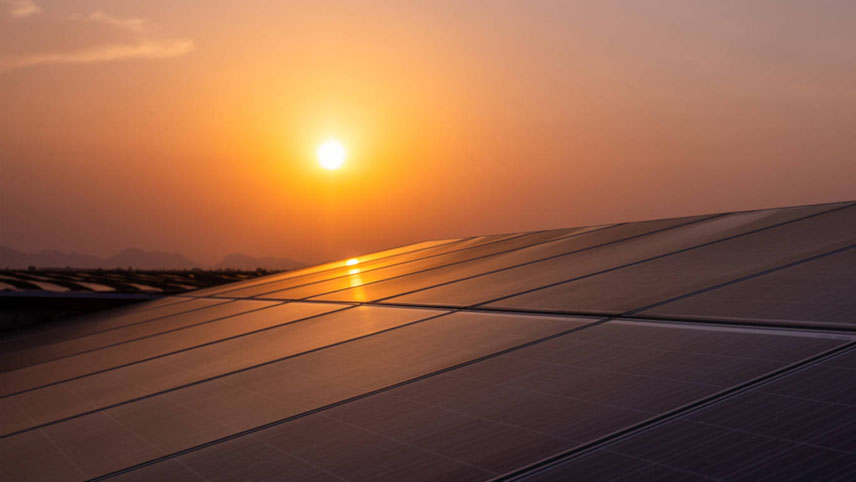Climate change has created layers of complexity for the agriculture industry and food security. Rapidly evolving environmental conditions increase these challenges. The latest figures show that the overall loss to agriculture across Europe from climate change could be as high as 16 per cent by 2050. An Intergovernmental Panel on Climate Change (IPCC) report says that sustainable land management could be key to reversing the impact of climate change on land degradation. Technology has disrupted many industry practices, and now it has made its presence felt in ‘precision farming’. Precision agriculture methods, which can help farmers make better informed decisions, have evolved significantly over recent years, with the global market now estimated to reach $43.4 billion by 2025. Drones, also known as unmanned aerial vehicles (UAVs), have begun to play an increasingly important role in precision farming, helping farmers lead the way with sustainable farming practices, also in protecting and increasing profitability. The use of global positioning system (GPS) technology, together with geographic information system (GIS) tools, forms a large part of these precision agriculture practices allowing fine-scale monitoring and mapping of yield and crop parameter data within fields. The use of drones in the agriculture industry is steadily growing as part of an effective approach to sustainable agricultural management that allows agronomists, agricultural engineers, and farmers to help streamline their operations, using robust data analytics to gain effective insights into their crops. Crop monitoring, for example, is made easier by using drone data to accurately plan and make ongoing improvements, such as the use of ditches and evolving fertiliser applications. Products can be accurately traced from farm to fork using GPS locations for every point in the journey, rather than more traditional time and labor-intensive data collection. UAVs are particularly useful for the careful monitoring of large areas of farmland, considering factors such as slope and elevation, for example, to identify the most suitable seeding prescriptions. The technology has also proven useful in gaining an extensive overview of plant emergence and population, as more accurate data can help with replanting decisions, as well as thinning and pruning activity and the improvement of crop models. Though India has made its mark in technology, it is yet to foray into massive application of technology in agriculture in the varied topography of our country, covering coastal areas, plateaus, hills, marshy lands, etc. AI-powered drones and multispectral analysis can help the farmers to be more productive, sustainable and profit-making. The potential for UAVs in the improvement of sustainable agriculture is huge. Already the agriculture drone market is predicted to be worth $32.4 billion – an indication that the industry is beginning to recognise the benefits over more traditional methods, such as ground mapping. Given the extensive terrain that requires surveying, drones offer cost-effective and increased efficiency, allowing users to capture high-resolution imagery more quickly than alternative methods. Particularly in these volatile market conditions, estimating annual yield can help guide decision-making and manage expectations. In addition, UAVs are now seen as a safer option for mapping difficult areas, such as uneven or expansive fields, that can be hazardous for operators – particularly compared to terrestrial techniques, which must be carried out on foot.
-

An effective approach to sustainable agricultural management























